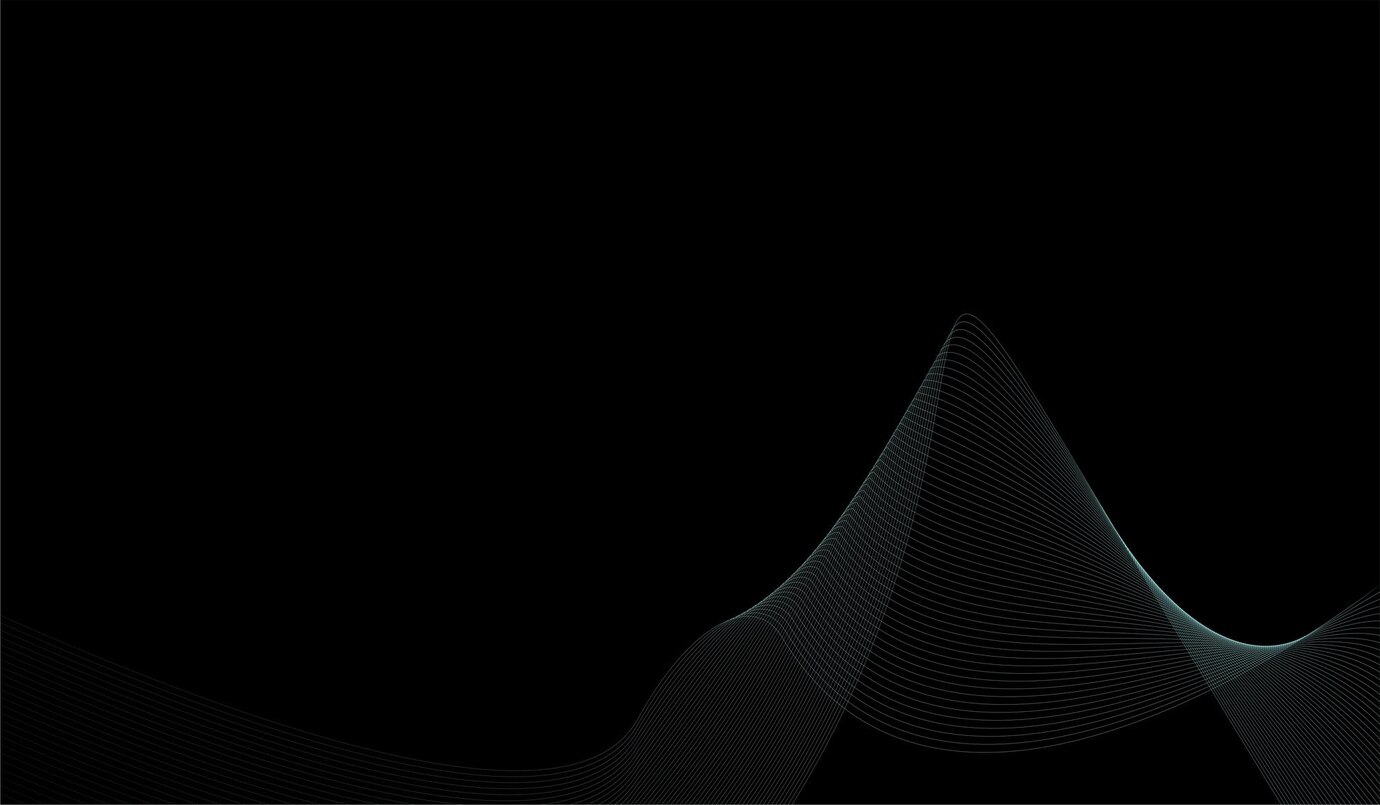mail:- info@naukripay.com
fashion designer creates clothing, accessories, or footwear, blending artistic vision with technical skills to translate trends and concepts into marketable products. They research trends, sketch designs, select fabrics, and oversee production, collaborating with various teams to bring their creations to life. Their work bridges creativity and practicality, requiring strong design skills, an understanding of market demands, and the ability to manage the entire design process. Here's a more detailed breakdown:Core Responsibilities:Trend Research and Analysis:Staying ahead of fashion trends by researching current styles, consumer preferences, and emerging designs. Design Conceptualization and Sketching:Developing design ideas and translating them into detailed sketches, often using computer-aided design (CAD) software. Fabric and Trim Selection:Choosing appropriate fabrics, colors, patterns, and embellishments for each design. Prototype Creation:Overseeing the creation of prototypes or samples to test designs and ensure they meet quality standards. Production Management:Collaborating with manufacturers, pattern makers, and other production staff to bring designs to market. Collaboration and Communication:Working closely with teams of designers, merchandisers, marketers, and other stakeholders to ensure designs align with brand strategy and consumer needs. Market Awareness:Understanding the target market and developing designs that appeal to consumers. Key Skills:Creativity and Artistic Ability:A strong sense of aesthetics and the ability to translate ideas into visually appealing designs. Technical Skills:Proficiency in sketching, pattern-making, sewing, and computer-aided design (CAD) software. Problem-Solving:The ability to address design challenges and make adjustments throughout the design process. Attention to Detail:Meticulousness in selecting fabrics, trims, and colors, and in overseeing the production process. Communication Skills:Ability to clearly communicate design ideas and technical specifications to various teams and stakeholders. Commercial Awareness:Understanding of market trends, consumer preferences, and the business aspects of fashion. Time Management:Ability to manage multiple projects and meet deadlines. In India's dynamic fashion industry, fashion designers play a vital role in merging traditional craftsmanship with contemporary styles, ensuring brands stay competitive. They may work for established fashion houses, retail brands, or even create their own independent lines. Whether designing for high fashion, ready-to-wear, or specialized areas like sportswear or sustainable fashion, designers are key drivers of innovation and style in the fashion world.










